#triacanthos
Explore tagged Tumblr posts
Text

From last October. The pods were still hanging on the honey locust tree because the large Ice Age mammals that used to eat them and spread the seeds just never come around anymore. I read but haven’t tested it that the stuff inside the pods around the seeds is sweeter than honey (not recommended b/c I don’t know if it’s toxic). Somebody back in the Pleistocene had a sweet tooth and it seems to be mastodons. Remnants of these pods have been found in their manure. And the huge thorns and spines at a certain height on the trees? They were to discourage mastodons from pushing the whole tree over to get the pods just out of reach! Now you know.
#pennsylvania#landscape#october#plants#trees#honey locust#autumn#anachronistic seeds#gleditsia triacanthos#mastodons#I grew up near this tree#I never saw any mastodons#do they miss the mastodons?
1K notes
·
View notes
Text

bored on tuesday so here’s my tummy and a brand new tattoo
@k1nky-r0b0t-g1rl @catboybiologist
#tgirl tummy tuesday#tummy tuesday#transfem#selfies#honey locust#gleditsia triacanthos#tattoos#girls like us
12 notes
·
View notes
Photo
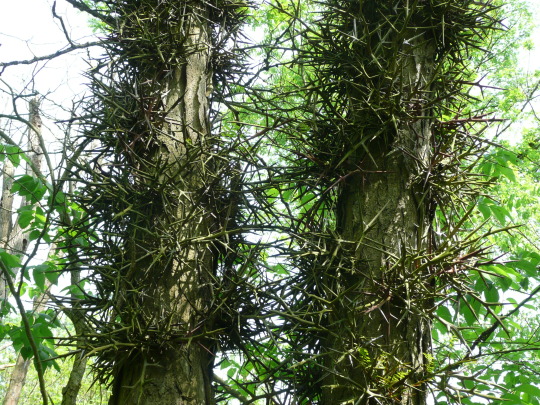
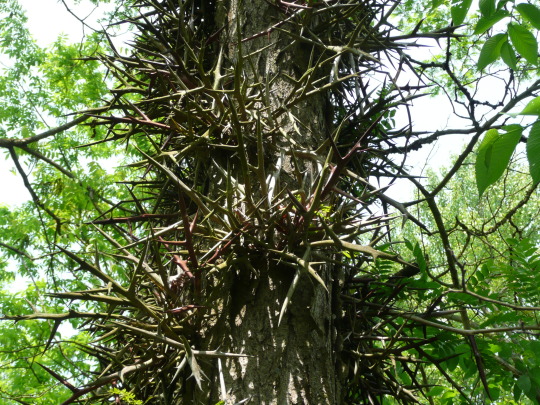
Honey Locust hours
34 notes
·
View notes
Text
Juvenile honey locust (Gleditsia triacanthos) I found at work. It's starting to grow spines. Eventually those can get 4 or 5 inches long.

5 notes
·
View notes
Text

1 note
·
View note
Text
Plant Study: Honey Locust
Honey Locust, Gleditsia triacanthos. Hailing from the Fabaceae family, the peas, Honey Locust is a medium-large deciduous tree native to central North America. It can become very invasive outside its native area and is banned in some areas, so do your research before you plant this beautiful, edible, medicinal tree. Honey Locust is an aggressive, fast-growing, short-lived tree that establishes…

View On WordPress
#edible plants#environmental harmony#gleditsia triacanthos#honey locust#medicinal trees#native trees#north america#plant study
0 notes
Text
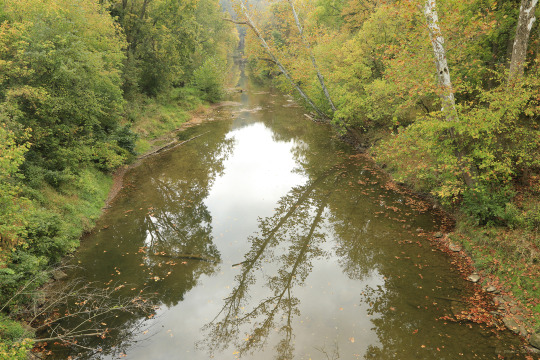
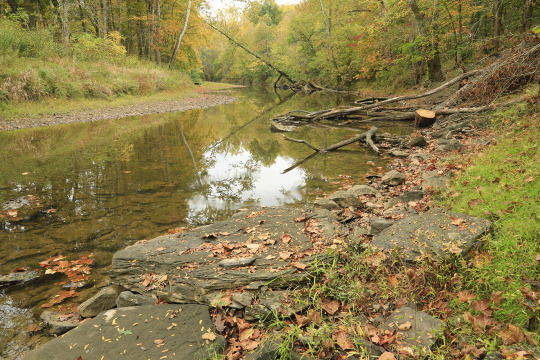






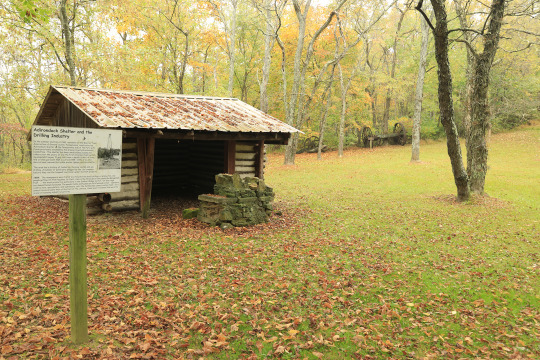
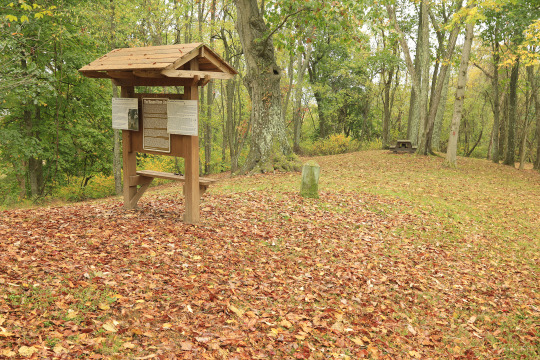
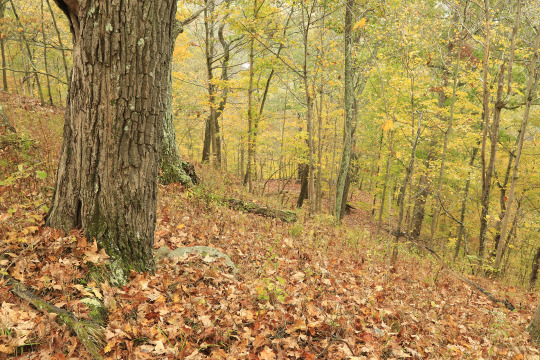
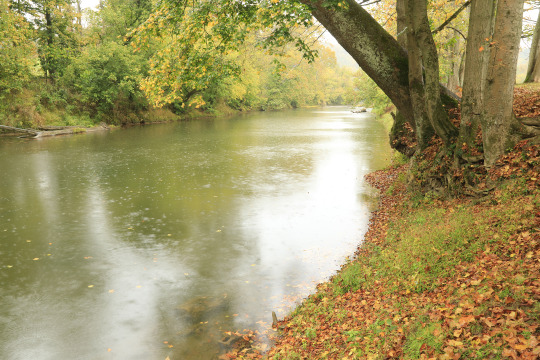
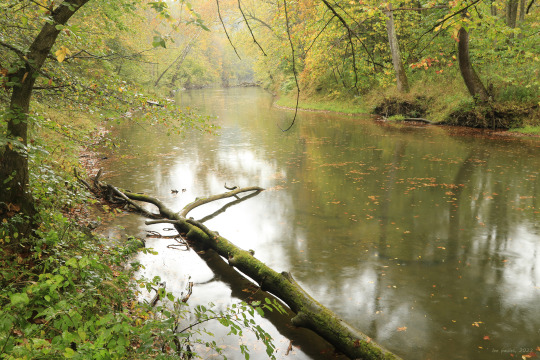

Early October on Dunkard Creek at Mason-Dixon Historical Park. Even with the first frost just around the corner, life abounds along the stream, including: sulphur shelf fungus (Laetiporus sulphureus), more commonly known as chicken-of-the-woods; fall phlox (Phlox paniculata); and the flamboyantly-beautiful New England aster (Symphyotrichum novae-angliae). The park is also at the eastern-most range of the thorny-trunked honey locust (Gleditsia triacanthos), whose common name derives from the sweet taste of its edible fruit pods.
#appalachia#vandalia#west virginia#pennsylvania#mason-dixon line#mason-dixon historical park#dunkard creek#fall#october#fungi#flora#wildflowers#sulphur shelf fungus#fall phlox#new england aster#honey locust
113 notes
·
View notes
Text
The honey locust tree (Gleditsia triacanthos) is, along with the periodic cicada, to me one of the great symbols of American weirdness.
When one contemplates the great temperate, deciduous forests of eastern America, at first glance it is easy to see in them a transatlantic continuation of the forests of old Europe. The "oak and ash and [haw]thorn" of Merrie England's countryside are all present, as are beech and maples and other plants that would have been familiar to the English, Dutch, and French who first settled this land. There are certainly forests in the eastern states where, if you squint, you can almost see a troupe of fairy tale knights and ladies riding on brightly caparisoned horses coming round a corner of the trail.
But, upon closer inspection of these forests, we find...the honey locust. A canopy tree with an eccentric growth habit, whose trunk is armored with what can only be called spikes that are sometimes well over three inches long, that produces in fall weird foot long beans full of a semi-sweet manna, and whose wood burns as hot as a coal fire, the only medieval text it would fit neatly into would be the wild travel tales of John Mandeville. And so, for me, it is a symbol of all that is distinctively American, distinctly of thr New World
There's other trees that have a similar effect - the pawpaw with its lumpy, banana-custard fruits, its Goth dried blood flowers, and its giant leaves that smell of diesel fuel; or the tulip-poplar, which hides flowers as bright as the morning sun on top of a trunk a hundred feet tall; or the bald cypress, a conifer that loses its needles every winter and that lives longer than whole civilizations; but the honey locust, common even on suburban streets and city parks, is one of the most frequently encountered and obviously weird of them, and so it's the one I always gravitate towards as a symbol.
38 notes
·
View notes
Text

Honeylocust (Gleditsia triacanthos).
2 notes
·
View notes
Text




G – Gleditsia triacanthos L. – Spino di Giuda (Fabaceae)
10 notes
·
View notes
Note
trick or treat!
TREAT!!!


Honeylocust (Gleditsia triacanthos) is a tree in the same family as peanuts, and the latin name (which I can spell with my eyes closed B)) means Three Thorned bc of these Wicked three-pronged thorns on its trunk!
3 notes
·
View notes
Text


Made myself some honey locust earrings
7 notes
·
View notes
Text
This is honey locust (Gleditsia triacanthos) a tree native to my area. It is covered is giant, very sharp thorns that evolved to keep giant ground sloths from eating them. There is a thornless variant that often gets used as a decorative plant, but I like the pointy version more


26 notes
·
View notes
Text
-honey locust (Gleditsia triacanthos)

4K notes
·
View notes
Text
Bactéria 'Xylella fastidiosa' detetada nos concelhos de Portalegre e Marvão
A bactéria 'Xylella fastidiosa' foi detetada em três zonas dos concelhos alentejanos de Marvão e Portalegre, o que obriga à aplicação de medidas fitossanitárias naquele território, indicou a Direção-Geral de Alimentação e Veterinária (DGAV).

Num edital assinado pela diretora-geral da DGAV, Susana Pombo, datado de 17 de setembro e consultado esta segunda-feira pela agência Lusa, pode ler-se que "a presença da bactéria 'Xylella fastidiosa' foi laboratorialmente confirmada em 30 amostras, colhidas na freguesia de São Salvador da Aramenha (Marvão) e de Reguengo e São Julião (Portalegre)".
"Foi identificada a subespécie responsável pelo resultado positivo na planta de 'Cytisus striatu' como sendo 'Xylella fastidiosa subsp. Fastidiosa'. Os restantes resultados positivos estão a aguardar pela identificação da subespécie da bactéria", informou a DGAV, no mesmo despacho.
Segundo o mesmo organismo, "atualmente, existe um total de três zonas infetadas" na Zona Demarcada para 'Xylella fastidiosa' de Marvão, que já se encontrava estabelecida.
Dando cumprimento a um regulamento europeu e a uma portaria nacional sobre esta matéria, a zona demarcada é alvo de "uma prospeção intensiva" e, quando "é oficialmente confirmada a presença da bactéria em novos locais, há lugar ao alargamento da zona demarcada", o que agora aconteceu com a de Marvão.
A DGAV explicou que "os trabalhos de prospeção realizados pelos serviços oficiais espanhóis em território espanhol junto à fronteira com Portugal detetaram a presença da bactéria".
"A zona demarcada em Espanha é interrompida pela fronteira com Portugal e o estabelecimento da zona tampão dessa zona demarcada coalesce com a zona tampão estabelecida no lado português, incrementando a dimensão do território nacional afetado", disse.
De acordo com a DGAV, as plantas identificadas infetadas na Zona Demarcada de Marvão, até à presente data, pertencem aos seguintes géneros e espécies: 'Acacia dealbata', 'Cistus spp.', 'Cistus ladanifer', 'Cytisus spp.', 'Cytisus lanigerus', 'Cytisus scoparius', 'Cytisus striatus', 'Genista triacanthos', 'Genista tridentata' e 'Rubus ulmifolius'.
Para eliminar a bactéria, a DGAV notificou todos os proprietários, usufrutuários, possuidores, detentores ou rendeiros de quaisquer parcelas de prédios rústicos ou urbanos para o cumprimento obrigatório de medidas de proteção fitossanitária.
Além destas e de outras medidas que estão determinadas, a DGAV proibiu as plantações nas zonas infetadas dos vegetais, dos géneros e espécies detetadas infetadas na zona demarcada.
Classificada como "bactéria de quarentena" pela Organização Europeia para a Proteção das Plantas (EPPO), a 'Xylella fastidiosa' foi detetada pela primeira vez em Portugal em janeiro de 2019, em plantas de lavanda num 'zoo' em Vila Nova de Gaia, no Porto.
A bactéria é transmitida pelo inseto 'Philaenus spumarius' (vulgarmente conhecido como cigarrinha-da-espuma), que se alimenta do xilema das plantas e cujo ciclo se inicia na primavera.
Esta bactéria afeta um elevado número de espécies de plantas ornamentais e também espécies de culturas como a oliveira, a amendoeira, a videira ou a figueira.
Segundo a página de Internet da DGAV, consultada esta segunda-feira pela Lusa, existem atualmente 19 zonas demarcadas desta bactéria em Portugal, das quais nove na região Centro, sete no Norte, duas em Lisboa e Vale do Tejo e uma no Alentejo.
0 notes
Note
Saw your GW post, revenant?
i have two actually
the first being CAPTAIN SUAVICUS

his name was fun to yell and i had a voice for him, i didn't really understand rev when they came out in HoT so i mostly just ran around as herald and had the boons on. he was more of a bit character that i larped with, him yelling his name for he is none other than Capitain Suavicus!!!!!!

it wasn't until Vindicator that things really clicked and they clicked even harder when i sat down and made another rev that wasn't made for the purposes of a joke
and his name is Johann Triacanthos, named after the honey forest tree and the scientist who named it

vindicator sung to me cause it had dragoon vibes and that's very much what inspired him, the honey forest tree is known for its dagger like thorns that have been said to be able to break bones with puncture wounds.
right now, he is still very much a baby, the bounty hunter armor really being his only look so far, i mused with the idea that he can only use armor with spines, as for back story? so far he is a hunter of great beasts, i think in his waking dream (pauses to make inspired backstory decisions on the spot) ... i'm thinking bones, i think he saw many creatures felled with his greatsword(read spear) and maybe even one of the dragons at the end, he is meant to be kind of milk toasty but even when covered in his enemies blood? i'm sure with time he will be more fleshed out, especially when i play through the story with him.
#gw2#also if you ever do play vindi i highly reccomend#using the sigil of stamina#endless hops in crouds of enemies and really takes the wheight off#when spear comes out in janthier wilds#i might try and see if it works with vindi?#but im pretty sure it will be condi and i dont know#if that will pair well with the already so good feeling power feel of vindicator
1 note
·
View note